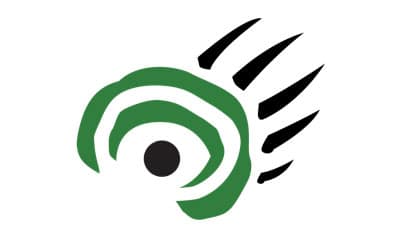
A new report recently released by the U.S. Fish and Wildlife Service shows that expenditures for wildlife watching are equivalent to the revenues generated from all spectator sports, amusement parks and arcades, non-hotel casinos, bowling centers and skiing facilities combined.
Using data from the 2006 National Survey of Fishing, Hunting, and Wildlife-Associated Recreation, the Service’s new addendum report Wildlife Watching in the United States: The Economic Impacts on National and State Economies in 2006 shows wildlife watching not only contributes significantly to people’s enjoyment of the outdoors but is a major factor in the state and national economies.
In 2006, the direct expenditures of wildlife watchers generated $122.6 billion in total industrial output. This resulted in 1,063,482 jobs, a federal tax revenue of $9.3 billion, and a state and local tax revenue of $8.9 billion. The report details the economic impacts of wildlife watching expenditures by State. The top 5 States ranked by economic output include California, Florida, Texas, Georgia and New York. Direct expenditures by wildlife watchers were for items such as cameras, binoculars and bird food, as well as trip-related expenses such as lodging, transportation and food.
The report addresses participation nationwide in wildlife watching, associated expenditures and estimates of the total economic activity generated by these expenditures. In addition, it addresses the total employment and income associated with wildlife watching expenditures and estimates of the generated state and federal tax revenue. In 2006, nearly 71 million Americans (16 years of age and older) spent more than $45 billion observing, feeding, and photographing wildlife.
Wildlife Watching in the United States: The Economic Impacts on National and State Economies in 2006 is available at http://library.fws.gov/nat_survey2006_economics.pdf
In addition to the 2006 National Survey of Fishing, Hunting, and Wildlife Associated Recreation and its addendum analytical report, individual state reports have also been completed. For more information on fishing, hunting, and wildlife watching in your State, visit: http://wsfrprograms.fws.gov/Subpages/NationalSurvey/reports2006.html
The mission of the U.S. Fish and Wildlife Service is working with others to conserve, protect, and enhance, fish, wildlife, plants and their habitats for the continuing benefit of the American people. We are both a leader and trusted partner in fish and wildlife conservation, known for our scientific excellence, stewardship of lands and natural resources, dedicated professionals and commitment to public service. For more information on our work and the people who make it happen, visit www.fws.gov.
